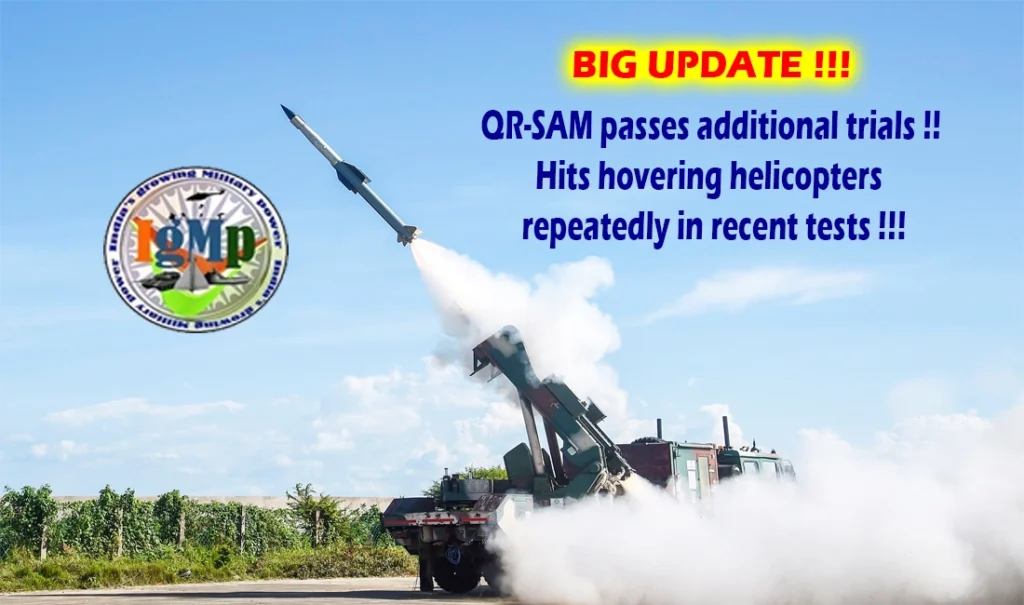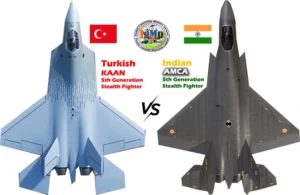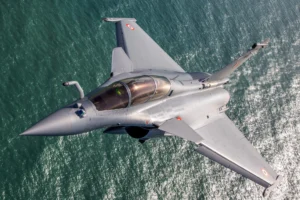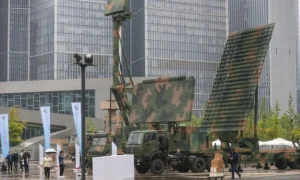Source : Indian Defence Analysis

BIG UPDATE : QRSAM has successfully passed additional trials & hits hovering helicopters repeatedly
The Quick Reaction Surface to Air Missile (QRSAM) System is last point of multi layered Defense system against aerial attack which makes it extremely critical defence system. The missile is developed by DRDO in association with BEL and Bharat Dynamics Private limited for Indian Army. QRSAM is being developed to protect the mobile armoured columns from any aerial attacks. The system has capability of Surveillance and tracking on the Move, firing on short halts. The QRSAM missile has intercept envelope up to 30 km in range, 10 km in Altitude and 360° in Azimuth. The latest DRDO brochure reveals the altitude envelope of QRSAM to be 14 km which is significant from the earlier reported 10 km envelope.
The Active phased array surveillance radar of QRSAM provides surveillance up to 120 km for 2 m sq RCS target and tracking radar up to 80 km for 2 m sq RCS target with IFF.
The QRSAM missile is the state of art missile with RF seeker and the communication between Radar & missile happens via 2-Way Data Link. It has automated command, control and communication post at firing unit level to carry out battle field management. The system is capable of engaging multiple aerial targets such as: Aircrafts, Hovering Helicopters, UAVs etc and has all weather operational capability.
The QRSAM system is configured on HMVs for Mobility in Cross Country Terrains like Plains, Semi-Desert and Deserts.
QRSAM Weapons System Configuration
A QRSAM weapon system comprises one Regiment Command Post Vehicle (RCPV), which acts as the central system. The RCPV is then connected with three battery units via SOTM(Satellite on the Move). Each battery unit consists of a Battery Command Post Vehicle (BCPV) which is connected to a Battery Surveillance Radar Vehicle (BSRV) & four combat groups via ROTM(Radio on the Move). Each combat group consists of BMFR(Battery Multi functional Radar) & MLV(Missile launch Vehicle).
QRSAM latest trial
On 8th of September 2022, DRDO & Indian Army have successfully completed 6 back-to-back flight tests of Quick Reaction Surface to Air Missile (QRSAM) system from Integrated Test Range (ITR) Chandipur. The flight tests have been conducted as part of evaluation trials by Indian Army. The weapon system performance was evaluated under day and night operation scenarios and demonstrated its capabilities.
All the mission objectives were met, establishing pin-point accuracy of the weapon system with state-of-the-art guidance and control algorithms, including warhead chain. These tests were conducted in the final deployment configuration consisting of all indigenously developed sub-systems including the missile with indigenous RF seeker, mobile launcher, fully automated command and control system, surveillance and multi-function Radars. The uniqueness of the QRSAM weapon system is that it can operate on the move with search and track capability & fire on short halt. This has been proven during the mobility trials conducted.
5 QRSAM ordered by Indian Army
DRDO displayed a model of QRSAM in the 108th Indian Science Congress underway in Nagpur from January 3 to 7. Talking to The Hitavad(हितवाद), a senior Technical officer at DRDO has said “The missile system has completed all trials and the production is likely to start within six months after getting green signal from the Ministry of Defence”. He also said that it is one of the most advanced QRSAM weapon systems in the world.
As per the latest reports from Janes, The Indian Army has ordered five Quick Reaction Surface-to-Air Missile (QRSAM) weapon systems to be manufactured by Bharat Electronics Limited (BEL). The company will deliver all five weapon systems to the Indian Army by 2024. QRSAM has successfully passed additional trials QRSAM has successfully passed additional trials QRSAM has successfully passed additional trials QRSAM has successfully passed additional trials QRSAM has successfully passed additional trials QRSAM has successfully passed additional trials IgMp








